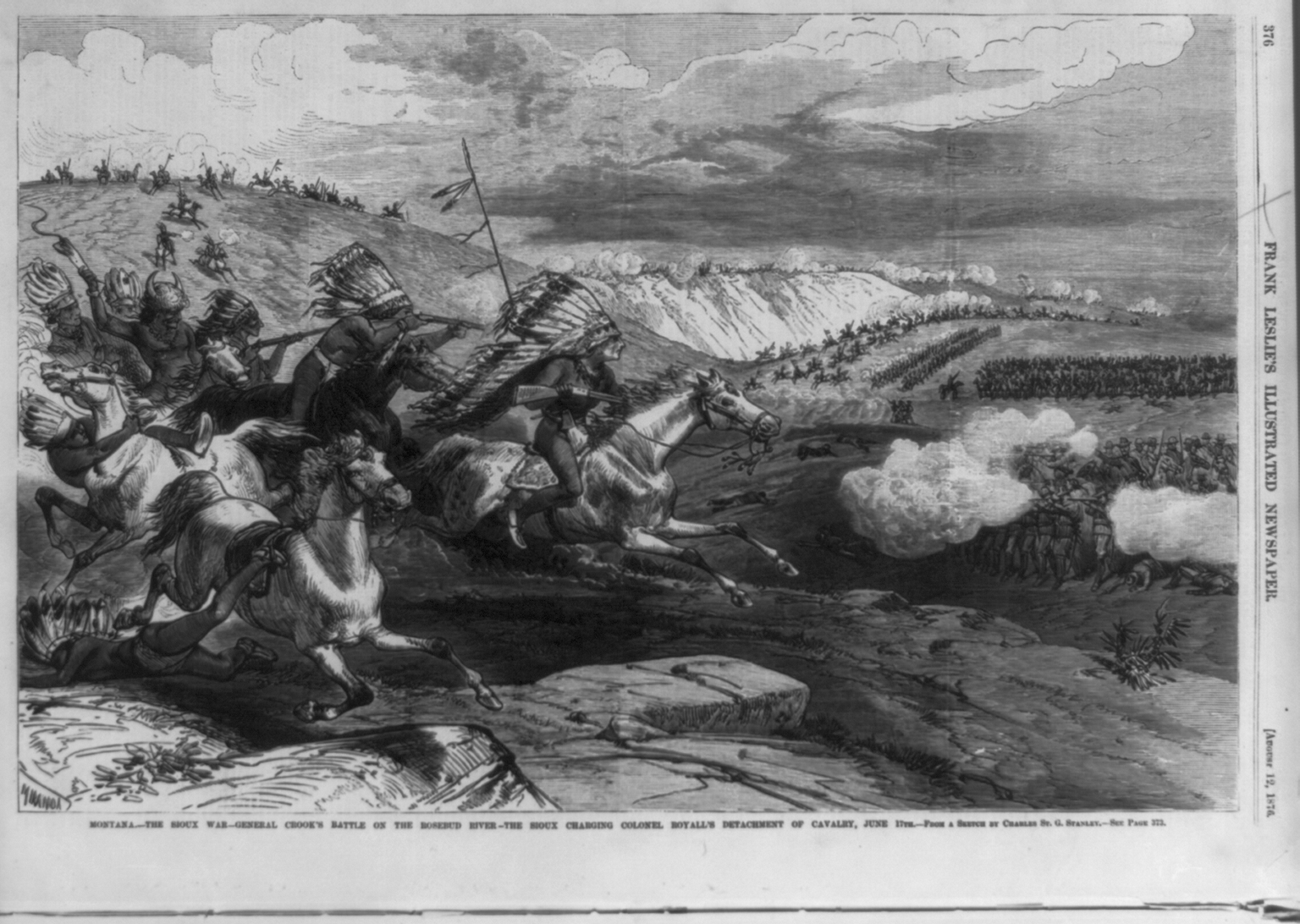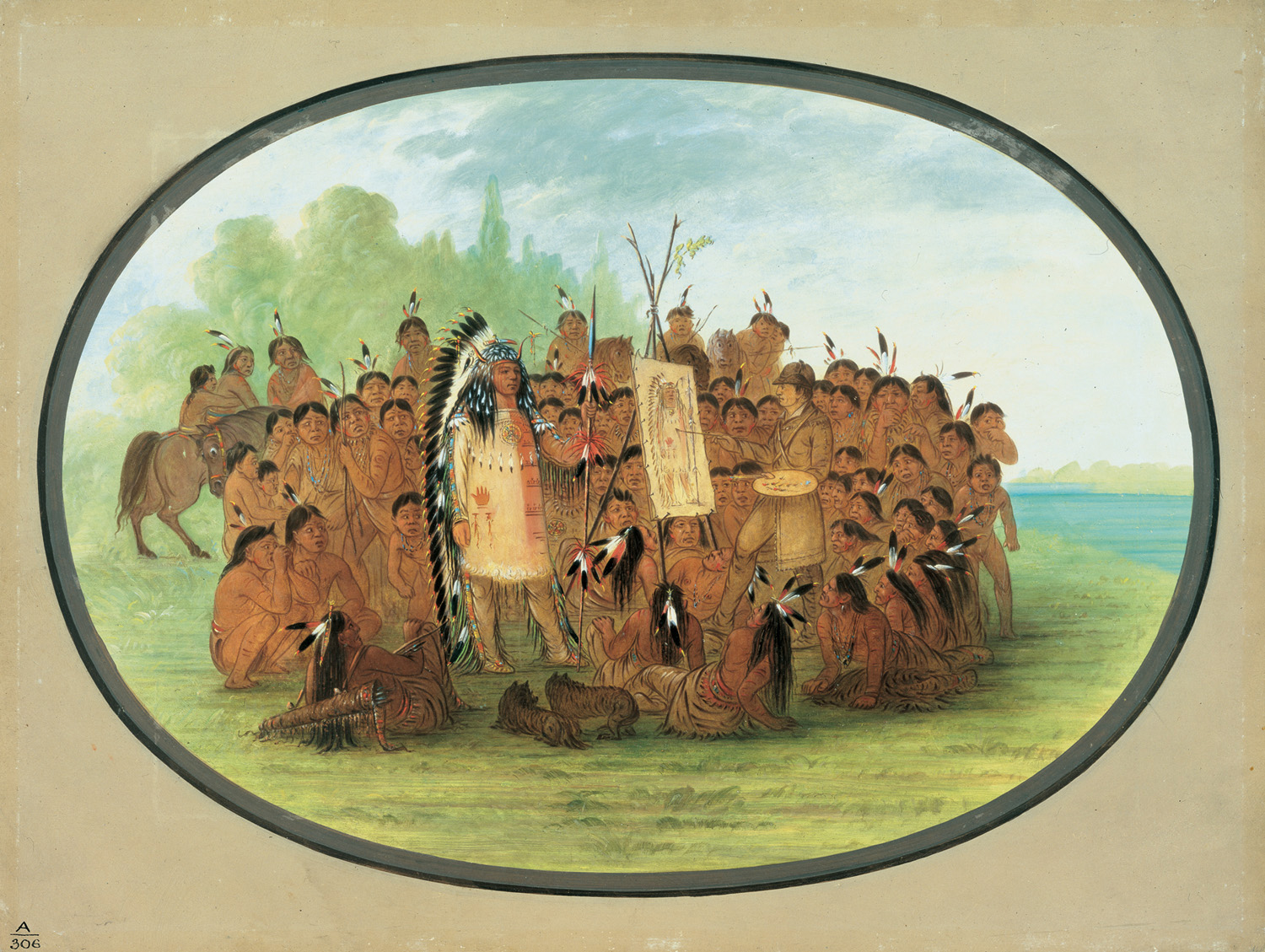Libbie sports a military kepi hat in this pose with her husband, General Custer.
Elizabeth Custer's Sorrow
Elizabeth Custer's Sorrow
Lamenting The Loss Of General Custer
By Dakota WInd
GREAT PLAINS - In 1890, Elizabeth Custer wrote an article for the Ladies Home Journal. Her sense of loss that holiday season had not lessened.
“If instead of writing a Christmas welcome to the thousands of women to whom this Christmas Journal will go, I could enter the homes myself and talk with you, it would please me far better than using this greeting made formal by pen and paper. Perhaps in the midst of Christmas carols and Christmas cheer there would be no opportunity to take me about your homes and show me what ingenuity, taste and thought you have given to ornamenting and making pleasant the blessed abode for your husband and children. I might not be permitted, for want of time on your part, to know the history of each gift which you have planned and thought out late at night, and in the calm of early morning. But still, I dearly wish that I might enter your comfortable homes, and hear of your aims, your blessings and perplexities, your sorrows. In wishing all the good things this world gives may descend on the households to which the Journal goes, I would that it might give me the special privliege to let me enter those thousands of little makeshifts for home throughout our land that the busy women of limited means have set up; the dingy rooms under the eaves, where deft fingers have made such transformations; the little apartments where is ever semi-twilight, where God's beautiful twilight comes in thru the narrow windows-ah, it is to you, brave, but lonely women, if any such read these words, that I wish to send my love, and whatever of courage deep felt words can convey. The widows, the girl bachelors, the solitary old maids, all of you who are so much to me, I envy the printed and pictured sheets of this holiday Journal, the cheer and comfort they carry. Elizabeth B. Custer, Ladies Home Journal, December 1890.
Her sense of loss and dread began the hour she last saw her boy general.
“...A premonition of disaster that I had never known before weighed me down. I could not shake off the baleful influence of depressing thoughts. This presentment and suspense, such as I have never known, made me selfish, and I shut into my heart the most uncontrollable anxiety and could lighten no one else’s burden. The occupations of other summers could not even give temporary interest.” Elizabeth Bacon Custer, Boots and Saddles, p. 220.
“We felt that we had nothing to expect but that our troops would be overwhelmed with numbers...” BAS, p. 221 Perhaps Libbie’s premonition was based on all the rumors that Fort Abraham Lincoln heard that spring. “On July 5 - for it took that time for the news to come - the sun rose on a beautiful world...A steamer came down the river bearing the wounded from the battle of the Little Big Horn...this battle wrecked the lives of twenty-six women at Fort Lincoln...From that time the life went out of the hearts of the ‘women who weep,’ and God asked them to walk on alone and in the shadow.” EBC, BaS, p. 222.
Pictured above is the Far West Riverboat, a steamer which brought the critically wounded back from the Battle of the Little Bighorn in ten days, a speed record on the Upper Missouri River that still stands in 2011.
Pat Decker Kines writes in her book A Life Within a Life: The Story and Adventures of Libbie Custer, “Libbie was 34 years old at the time of her husband’s death. It was a blow from which she never recovered. She never remarried, and she heard ‘the echo of [his] voice’ throughout the rest of her life. So keenly was Libbie’s sense of loss, that even Christmas fourteen years later, her husband’s absence haunted her as sharp as the day she first heard word of his death. It would seem that Christmas held little joy for her.
Libbie went on to meet Chief Gall, one of the traditional war captains at the Battle of the Little Bighorn. Gall returned from Canada before Sitting Bull did, became a Christian man and even a judge. When Libbie and Gall met, she described him as having the bearing of a gladiator. She held nothing against him for his part in the battle in which her husband and his command was annihilated.
Chief John Gall, Pizi, donated land from his Dawes allotment to the Episcopal Church which built St. Elizabeth's and a school so that the youth woudn't have to leave the reservation for boarding schools. A cemetery lies a mile north of the church, which is where Chief Gall lies in rest, along with veterans of the Indian Wars, WWI, WWII, and Vietnam.
Elizabeth’s work was written and the Ladies Home Journal published this piece before the Wounded Knee incident. The timing of her article is provocative in that as she was still reflecting on the loss of her husband and the 7th Cavalry, the country was reminded of the Battle of the Little Bighorn with the news of Big Foot’s band of Lakota.
GREAT PLAINS - In 1890, Elizabeth Custer wrote an article for the Ladies Home Journal. Her sense of loss that holiday season had not lessened.
“If instead of writing a Christmas welcome to the thousands of women to whom this Christmas Journal will go, I could enter the homes myself and talk with you, it would please me far better than using this greeting made formal by pen and paper. Perhaps in the midst of Christmas carols and Christmas cheer there would be no opportunity to take me about your homes and show me what ingenuity, taste and thought you have given to ornamenting and making pleasant the blessed abode for your husband and children. I might not be permitted, for want of time on your part, to know the history of each gift which you have planned and thought out late at night, and in the calm of early morning. But still, I dearly wish that I might enter your comfortable homes, and hear of your aims, your blessings and perplexities, your sorrows. In wishing all the good things this world gives may descend on the households to which the Journal goes, I would that it might give me the special privliege to let me enter those thousands of little makeshifts for home throughout our land that the busy women of limited means have set up; the dingy rooms under the eaves, where deft fingers have made such transformations; the little apartments where is ever semi-twilight, where God's beautiful twilight comes in thru the narrow windows-ah, it is to you, brave, but lonely women, if any such read these words, that I wish to send my love, and whatever of courage deep felt words can convey. The widows, the girl bachelors, the solitary old maids, all of you who are so much to me, I envy the printed and pictured sheets of this holiday Journal, the cheer and comfort they carry. Elizabeth B. Custer, Ladies Home Journal, December 1890.
Her sense of loss and dread began the hour she last saw her boy general.
“...A premonition of disaster that I had never known before weighed me down. I could not shake off the baleful influence of depressing thoughts. This presentment and suspense, such as I have never known, made me selfish, and I shut into my heart the most uncontrollable anxiety and could lighten no one else’s burden. The occupations of other summers could not even give temporary interest.” Elizabeth Bacon Custer, Boots and Saddles, p. 220.
“We felt that we had nothing to expect but that our troops would be overwhelmed with numbers...” BAS, p. 221 Perhaps Libbie’s premonition was based on all the rumors that Fort Abraham Lincoln heard that spring. “On July 5 - for it took that time for the news to come - the sun rose on a beautiful world...A steamer came down the river bearing the wounded from the battle of the Little Big Horn...this battle wrecked the lives of twenty-six women at Fort Lincoln...From that time the life went out of the hearts of the ‘women who weep,’ and God asked them to walk on alone and in the shadow.” EBC, BaS, p. 222.
Pictured above is the Far West Riverboat, a steamer which brought the critically wounded back from the Battle of the Little Bighorn in ten days, a speed record on the Upper Missouri River that still stands in 2011.
Pat Decker Kines writes in her book A Life Within a Life: The Story and Adventures of Libbie Custer, “Libbie was 34 years old at the time of her husband’s death. It was a blow from which she never recovered. She never remarried, and she heard ‘the echo of [his] voice’ throughout the rest of her life. So keenly was Libbie’s sense of loss, that even Christmas fourteen years later, her husband’s absence haunted her as sharp as the day she first heard word of his death. It would seem that Christmas held little joy for her.
Libbie went on to meet Chief Gall, one of the traditional war captains at the Battle of the Little Bighorn. Gall returned from Canada before Sitting Bull did, became a Christian man and even a judge. When Libbie and Gall met, she described him as having the bearing of a gladiator. She held nothing against him for his part in the battle in which her husband and his command was annihilated.
Chief John Gall, Pizi, donated land from his Dawes allotment to the Episcopal Church which built St. Elizabeth's and a school so that the youth woudn't have to leave the reservation for boarding schools. A cemetery lies a mile north of the church, which is where Chief Gall lies in rest, along with veterans of the Indian Wars, WWI, WWII, and Vietnam.
Elizabeth’s work was written and the Ladies Home Journal published this piece before the Wounded Knee incident. The timing of her article is provocative in that as she was still reflecting on the loss of her husband and the 7th Cavalry, the country was reminded of the Battle of the Little Bighorn with the news of Big Foot’s band of Lakota.












